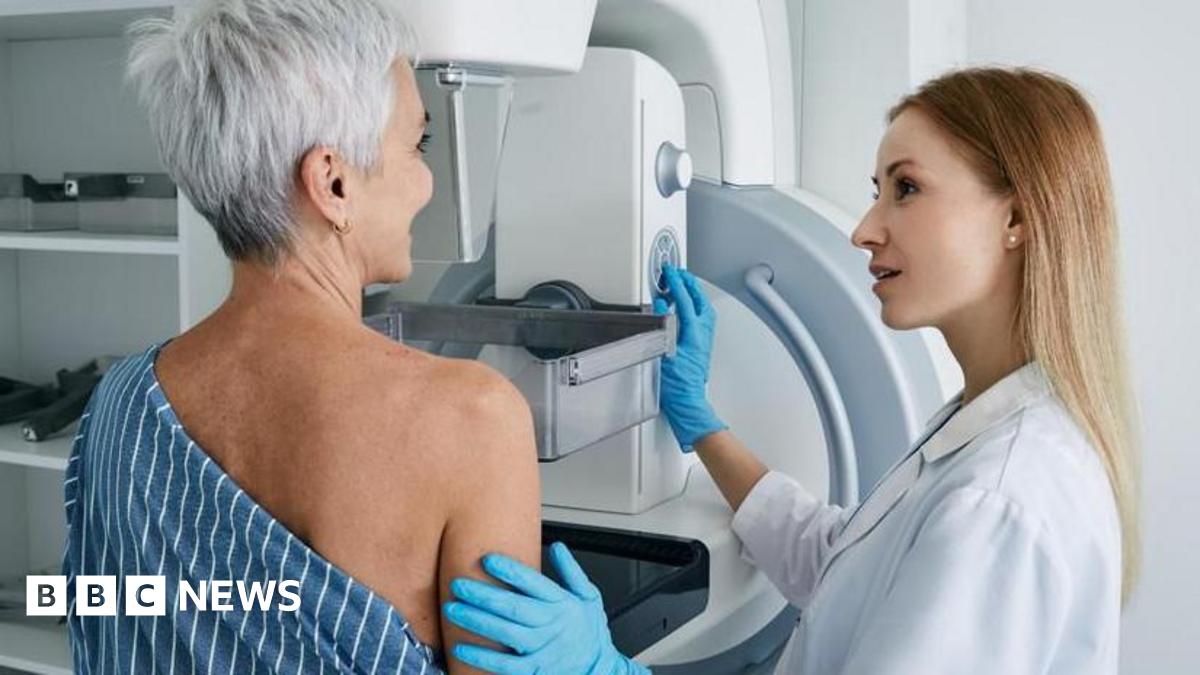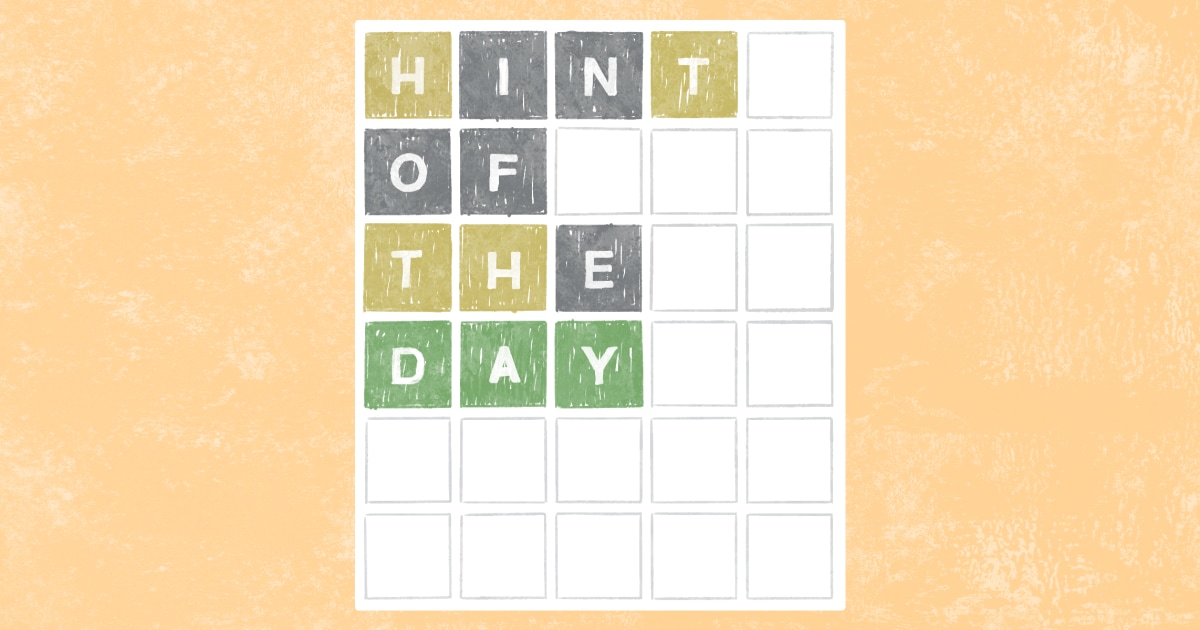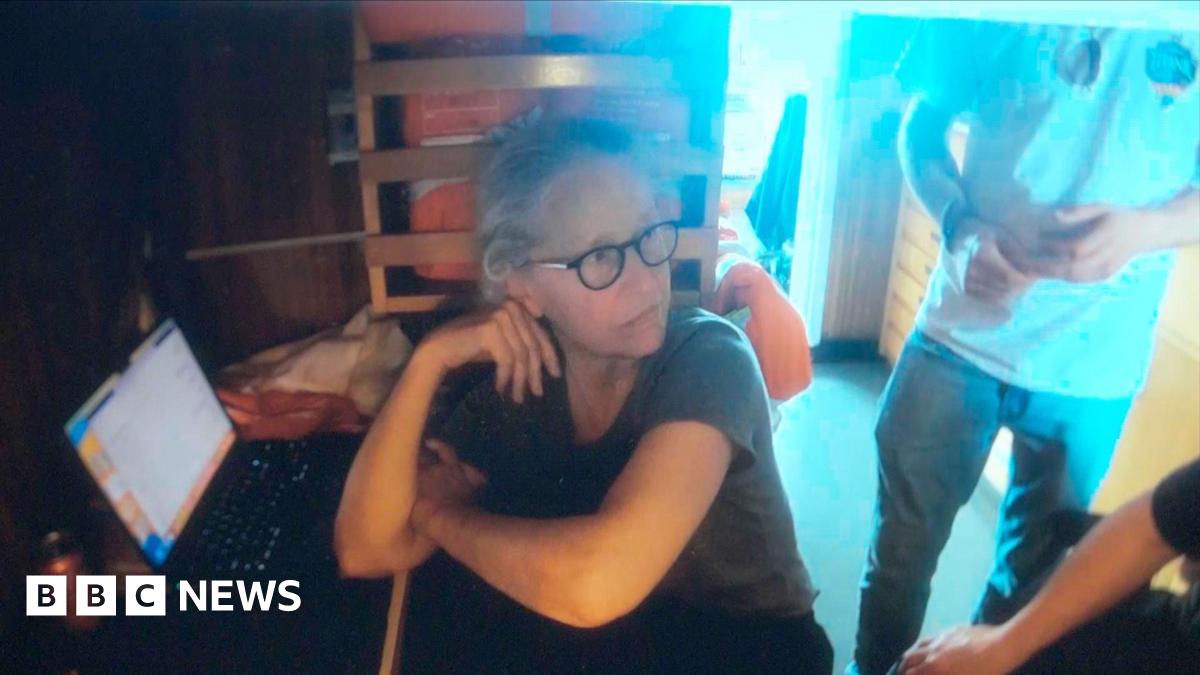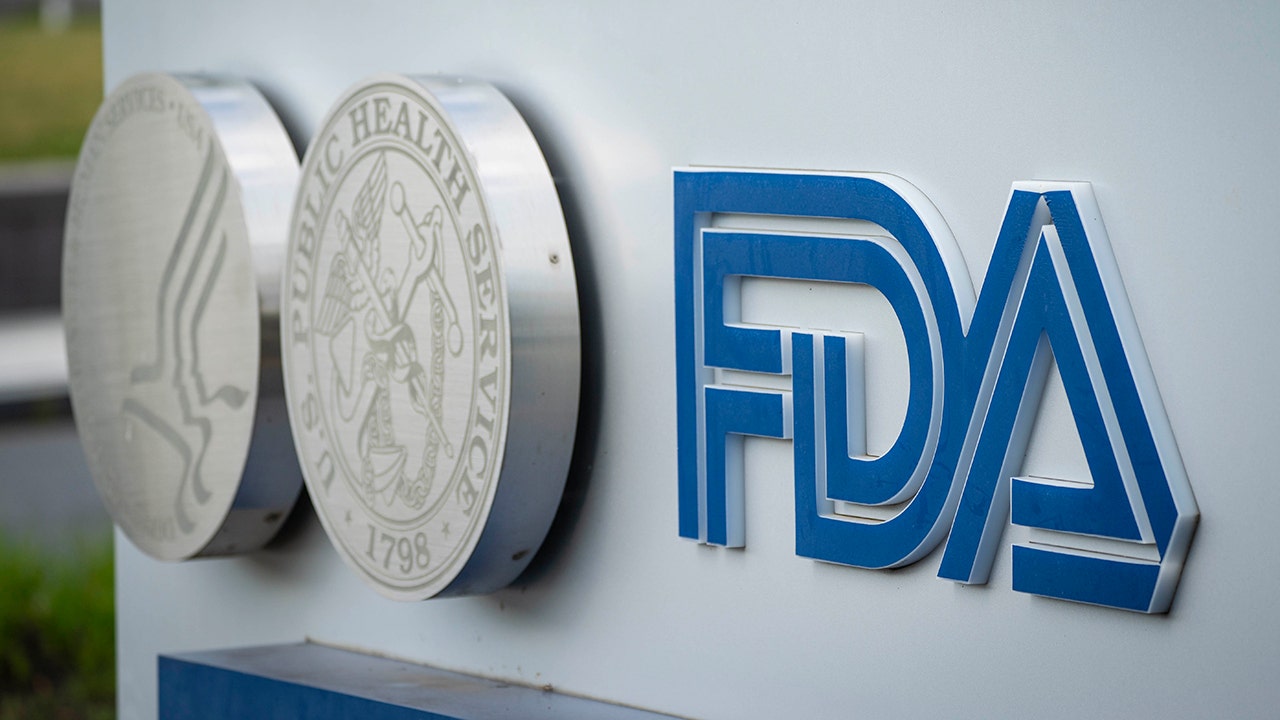Improved Breast Cancer Detection: The Case For Additional Scans For Women With Dense Breasts

Welcome to your ultimate source for breaking news, trending updates, and in-depth stories from around the world. Whether it's politics, technology, entertainment, sports, or lifestyle, we bring you real-time updates that keep you informed and ahead of the curve.
Our team works tirelessly to ensure you never miss a moment. From the latest developments in global events to the most talked-about topics on social media, our news platform is designed to deliver accurate and timely information, all in one place.
Stay in the know and join thousands of readers who trust us for reliable, up-to-date content. Explore our expertly curated articles and dive deeper into the stories that matter to you. Visit Best Website now and be part of the conversation. Don't miss out on the headlines that shape our world!
Table of Contents
Improved Breast Cancer Detection: The Case for Additional Scans for Women with Dense Breasts
Breast cancer is a leading cause of cancer death in women worldwide, highlighting the critical need for early and accurate detection. While mammograms remain a cornerstone of breast cancer screening, a significant challenge arises for women with dense breast tissue. This article explores the growing evidence supporting the use of supplemental imaging techniques for women with dense breasts to improve detection rates and ultimately save lives.
The Density Dilemma: Why Dense Breasts Matter
Breast density refers to the amount of fibrous and glandular tissue in the breast compared to fatty tissue. Women with dense breasts have more fibrous and glandular tissue, making it harder for mammograms to detect abnormalities. This is because dense tissue appears white on a mammogram, often obscuring the appearance of tumors, which also appear white. This can lead to false negatives, where cancer is present but missed on the mammogram. The higher the breast density, the greater the risk of a missed diagnosis.
Mammography's Limitations and the Need for Supplemental Screening
While mammograms are effective for many women, their limitations are significant when dealing with dense breasts. Studies consistently show that women with extremely dense breasts have a substantially increased risk of interval cancers – cancers that develop between scheduled mammograms. This underscores the critical need for additional screening methods to compensate for mammogram limitations.
Supplemental Screening Options: Beyond the Mammogram
Several supplemental screening options can significantly improve detection rates in women with dense breasts:
-
Breast Ultrasound: Ultrasound uses sound waves to create images of the breast tissue. It's particularly effective at differentiating between benign and malignant masses in dense breasts because it can visualize tissue differently than a mammogram.
-
Breast MRI: Magnetic Resonance Imaging (MRI) provides highly detailed images of the breast. While more expensive and less widely available than ultrasound, MRI is highly sensitive in detecting breast cancer, even in dense breasts. However, MRI does have a higher false-positive rate than ultrasound.
-
3D Mammography (Tomosynthesis): This advanced form of mammography takes multiple low-dose X-ray images from different angles, creating a 3D reconstruction of the breast. This can help to better visualize lesions that might be hidden within dense tissue, improving detection accuracy compared to traditional 2D mammography.
The Growing Consensus and Policy Changes
Many healthcare organizations and government bodies now recognize the importance of supplemental screening for women with dense breasts. Several states in the US have already enacted legislation mandating notification of women with dense breasts about their increased risk and the availability of supplemental screening options. This trend highlights a growing awareness and commitment to improving breast cancer detection.
Taking Control: What Women with Dense Breasts Can Do
Women with dense breasts should:
- Discuss their breast density with their doctor: Open communication is crucial. Your doctor can assess your individual risk and recommend the most appropriate screening approach.
- Understand your mammogram report: Look for information about breast density and discuss any concerns with your physician.
- Inquire about supplemental screening options: Don't hesitate to ask about ultrasound, MRI, or 3D mammography if your doctor recommends it.
- Stay informed about the latest research: Continuously updating your knowledge about breast cancer screening can empower you to make informed decisions about your health.
Conclusion: Early Detection Saves Lives
The improved detection of breast cancer in women with dense breasts is a critical advancement in women's health. By utilizing supplemental imaging techniques in addition to mammography, we can significantly reduce the number of missed diagnoses, leading to earlier treatment and improved outcomes. Early detection truly saves lives, and advocating for access to appropriate screening is paramount for improving women's health worldwide. Speak with your doctor today to discuss your individual risk and screening options.

Thank you for visiting our website, your trusted source for the latest updates and in-depth coverage on Improved Breast Cancer Detection: The Case For Additional Scans For Women With Dense Breasts. We're committed to keeping you informed with timely and accurate information to meet your curiosity and needs.
If you have any questions, suggestions, or feedback, we'd love to hear from you. Your insights are valuable to us and help us improve to serve you better. Feel free to reach out through our contact page.
Don't forget to bookmark our website and check back regularly for the latest headlines and trending topics. See you next time, and thank you for being part of our growing community!
Featured Posts
-
 Conquer Wordle 1433 May 22 Hints And Solution
May 24, 2025
Conquer Wordle 1433 May 22 Hints And Solution
May 24, 2025 -
 New I Os Update Causing I Phone Overheating And Lag What To Expect
May 24, 2025
New I Os Update Causing I Phone Overheating And Lag What To Expect
May 24, 2025 -
 Horrific Commands Cnn Releases Intercepted Russian Military Communications
May 24, 2025
Horrific Commands Cnn Releases Intercepted Russian Military Communications
May 24, 2025 -
 Disturbing Ship Footage Reveals Sound Of Titan Sub Implosion
May 24, 2025
Disturbing Ship Footage Reveals Sound Of Titan Sub Implosion
May 24, 2025 -
 Book Exposes Kamala Harriss Heated Words For Anderson Cooper After Biden Debate
May 24, 2025
Book Exposes Kamala Harriss Heated Words For Anderson Cooper After Biden Debate
May 24, 2025
Latest Posts
-
 Deodorant Recall Alert 67 000 Units Recalled Across Walmart Dollar Tree Amazon
Jul 17, 2025
Deodorant Recall Alert 67 000 Units Recalled Across Walmart Dollar Tree Amazon
Jul 17, 2025 -
 Life After Love Island Usa Amaya And Bryans Relationship Update
Jul 17, 2025
Life After Love Island Usa Amaya And Bryans Relationship Update
Jul 17, 2025 -
 September 2025 Ynw Melly Faces Retrial In Double Homicide Case
Jul 17, 2025
September 2025 Ynw Melly Faces Retrial In Double Homicide Case
Jul 17, 2025 -
 Love Island Usas Amaya And Bryan Building A Future Beyond The Villa
Jul 17, 2025
Love Island Usas Amaya And Bryan Building A Future Beyond The Villa
Jul 17, 2025 -
 September Retrial For Ynw Melly On Murder Charges After Jury Fails To Reach Verdict
Jul 17, 2025
September Retrial For Ynw Melly On Murder Charges After Jury Fails To Reach Verdict
Jul 17, 2025
